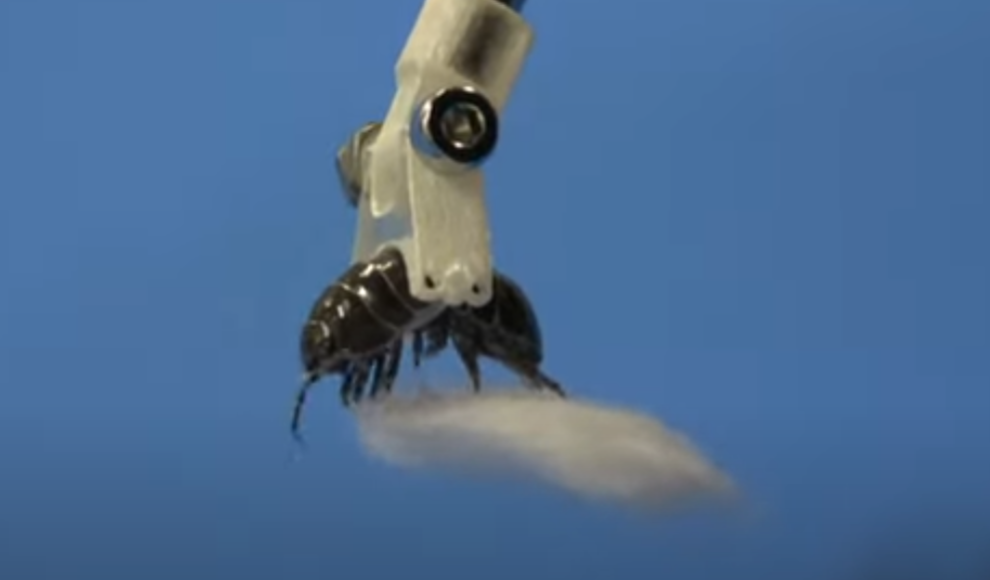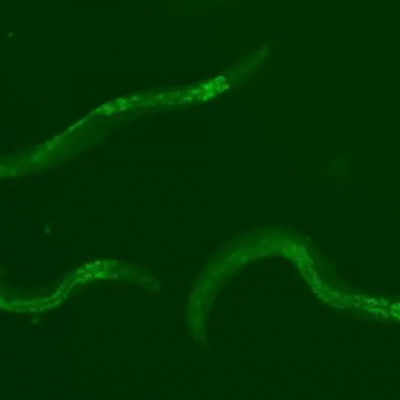In a groundbreaking development, researchers from Yamagata, Keio, and Tohoku universities in Japan have used living beetles and pill bugs as grippers for a robot. The scientists were able to achieve this by utilizing the insects’ instinctive gripping reflexes. Unlike other methods of biobotics, where body parts are detached from organisms, the Japanese researchers used the entire living organism, thus preserving the integrity and life of the animals. The pill bugs were secured in a specially designed miniature harness, which allowed them to be attached to a robot arm. A video provided by the researchers shows a pill bug instinctively grabbing a piece of cotton positioned in front of it. However, the process is currently not controllable, and the bug takes about two minutes to release the cotton.
In addition to pill bugs, the researchers also used a beetle snail for their experiments in water. These marine creatures can attach themselves to any material presented to them, including cork and wood, a feat that conventional suction devices cannot achieve. The scientists believe that they may be able to manipulate the animals’ gripping reflexes by using their light-shy nature. They plan to explore whether the movements of the beetle snails can be influenced by laser beams. The researchers have also identified other organisms, such as geckos, octopuses, and frogs, whose gripping reflexes could be of interest for use in robotics.
It is important to note that the researchers’ goal is not to replace robotics but to create a symbiosis between robotics and biology. However, ethical guidelines must be followed when handling animals. The researchers assure that no animals were harmed during their experiments. This development in biobotics could have significant implications for the future of robotics, particularly in the field of soft robotics, where the use of living organisms could provide a more flexible and adaptable solution.










